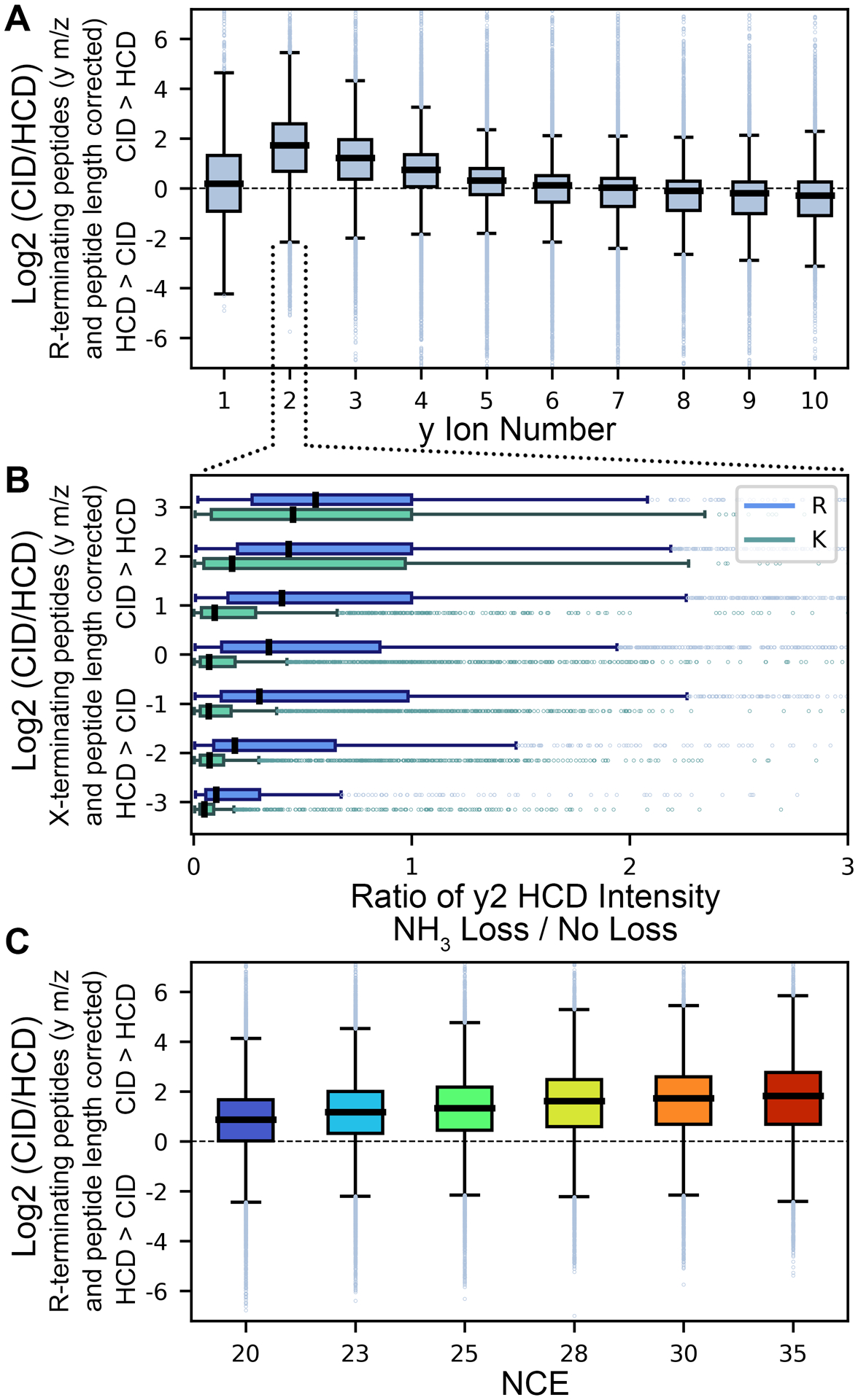Figure 2. Arginine degradation in beam type fragmentation.

(A) Examination of CID/HCD ratio of y+1H ions from M+2H precursors that possess a C-terminal Arg residue relative to other residue types as a function of y ion length (following subtraction of y m/z and peptide length effects described in Figures 1, S5–7), with y2 ions specifically showing a large bias towards CID. (B) Comparison of ammonia loss within HCD for R- and K-terminating y2 ions, binned by CID/HCD ratio (after correcting for y-ion m/z). Fragments with higher CID intensities show higher rates of ammonia loss, yet the effect is amplified for R-terminating over K-terminating peptides, likely a function higher gas phase basicity localizing a mobile proton on the side chain for charge directed degradation. (C) The observed CID/HCD bias of Arg-terminating peptides is positively correlated with NCE.
